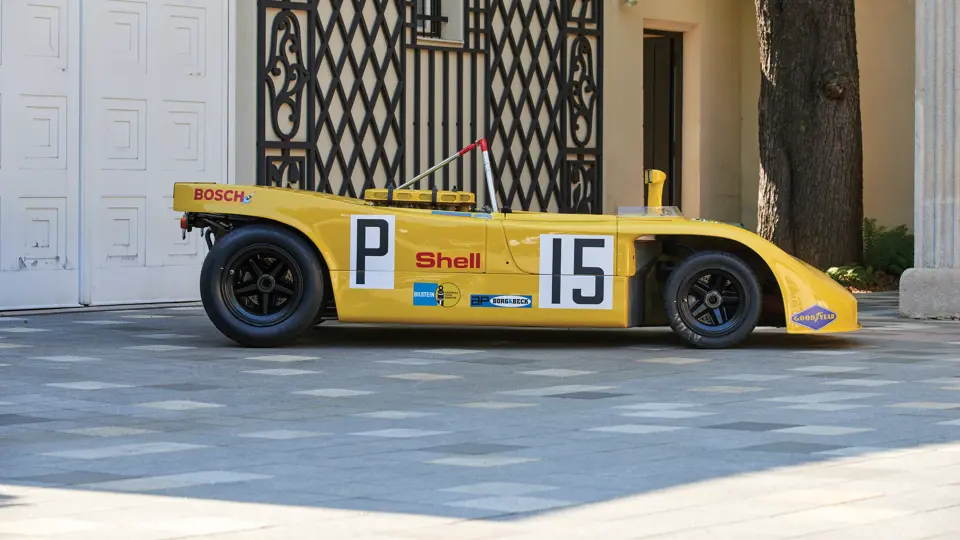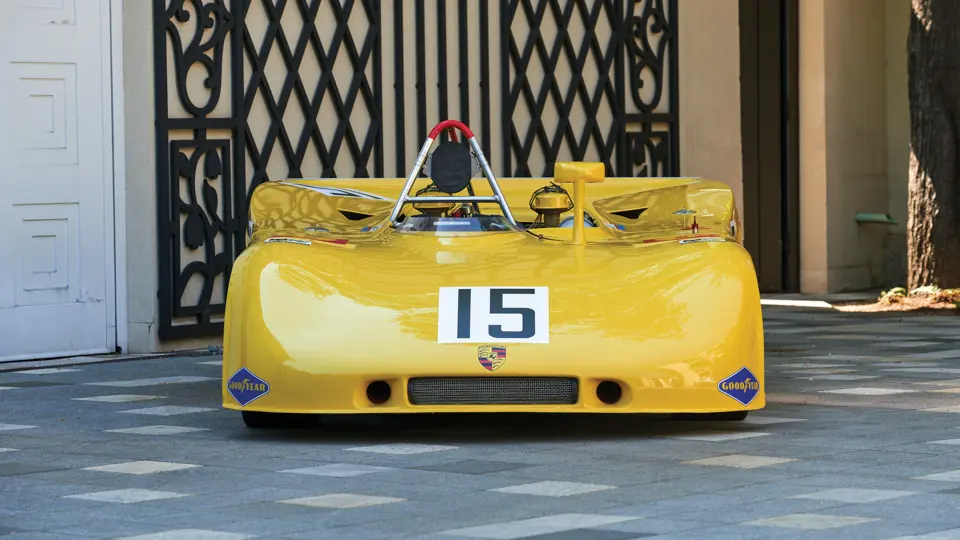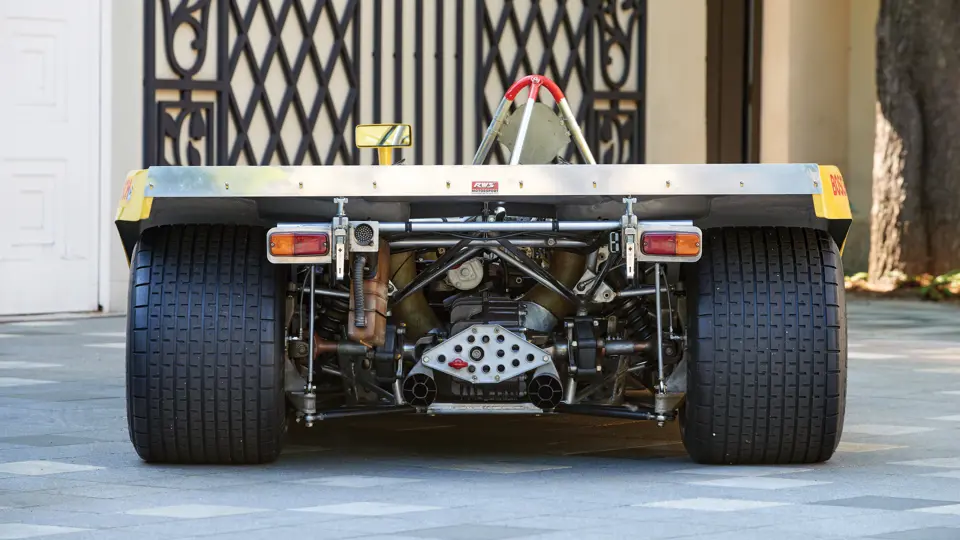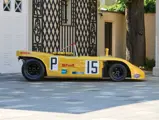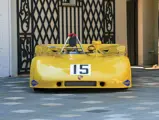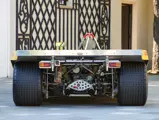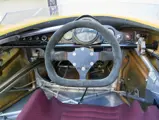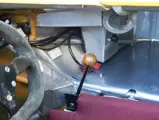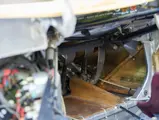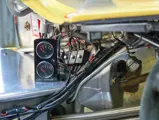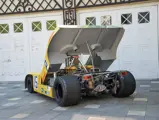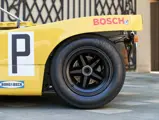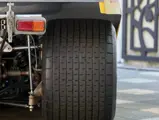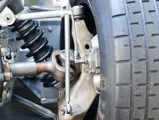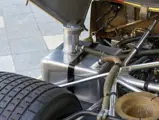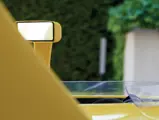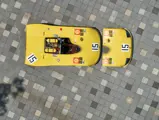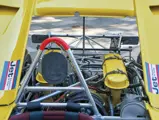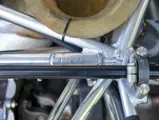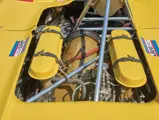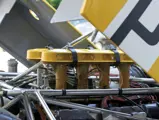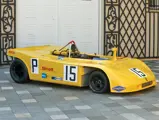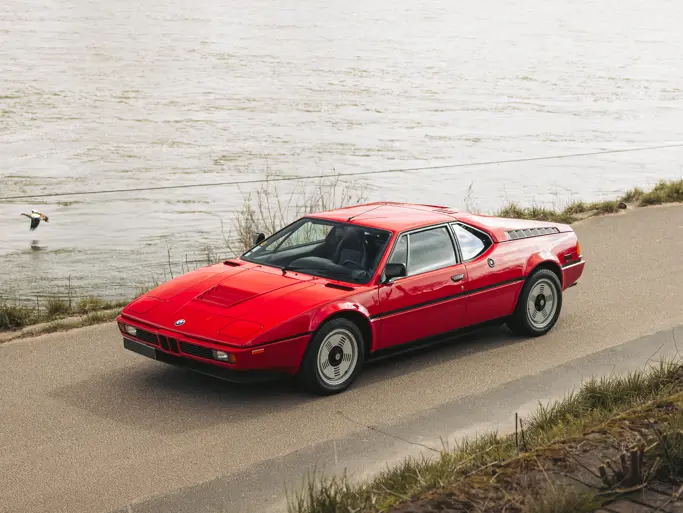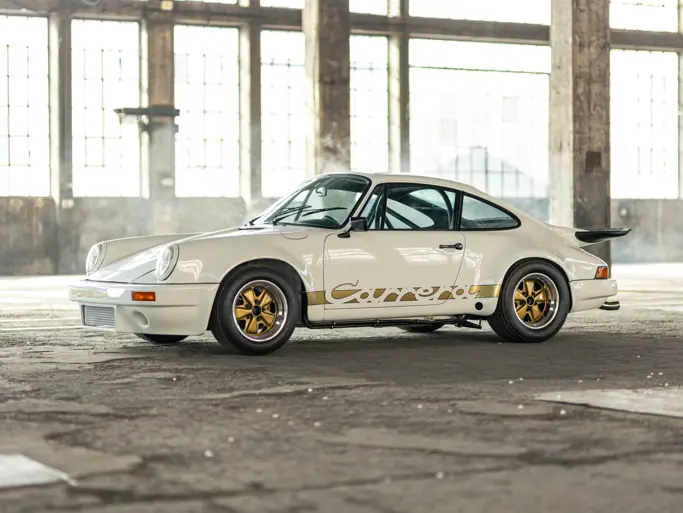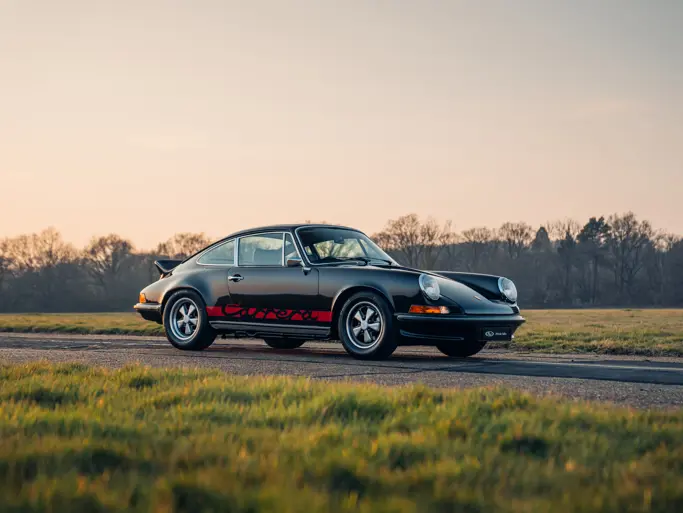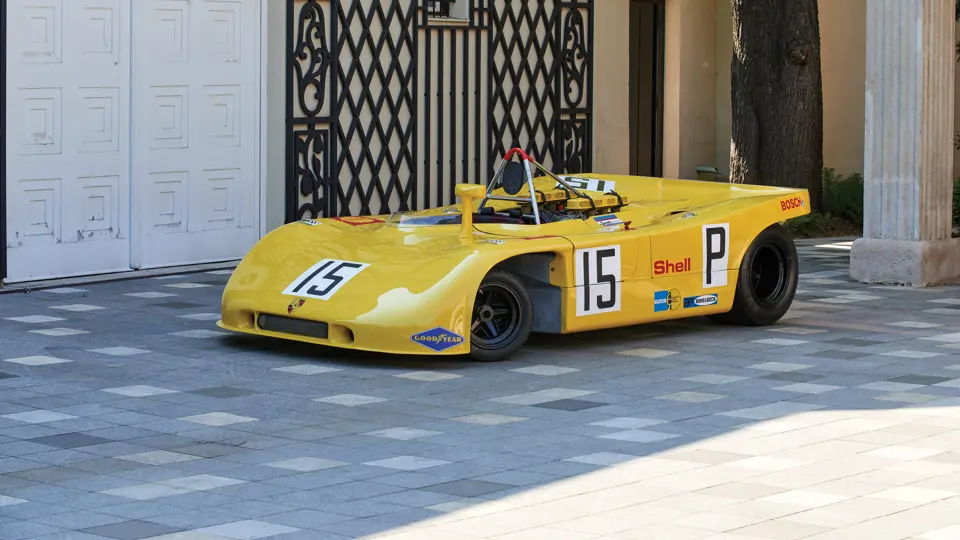
1970 Porsche 908/03
{{lr.item.text}}
$3,575,000 USD | Sold
{{bidding.lot.reserveStatusFormatted}}
- 2nd Overall with Hans Herrmann and Richard Attwood at the 1970 Nürburgring 1000 KM
- Utilized by Porsche for testing and development of the 908/03 platform
- Recently restored to its 1970 Nürburgring livery
- 1st in Class at the 2017 Masterpiece Concours d’Elegance at Schloss Dyck
- The only one of the three factory development Porsche Salzburg cars available for public sale
- Comprehensively documented history by Jürgen Barth, including numerous factory development records
Built by Porsche in January 1970 specifically for use by the factory, chassis number 003 was used at their facilities in Weissach for final testing of the 908/03 prior to the 1970 racing season. Porsche primarily developed the 908/03 with two particular races in mind: the Targa Florio and the Nürburgring 1000 KM (due to their peculiar twisty natures). Stunning victories at the Nürburgring 1000 KM (1st and 2nd overall) as well as the Targa Florio (also 1st and 2nd overall) left no doubt about the superior handling abilities of the 908/03.
While it was not raced by Porsche in that year’s Targa Florio, chassis 003 was used by Porsche in the pre-test of the event in order to prepare and determine how to properly set up the 908/03 for that specific race, as well as the upcoming Nürburgring. According to period documentation supplied in a report from Porsche historian and former racing driver Jürgen Barth, chassis 003 ran a total of 14 laps on the 72-kilometer long road course in pre-tests with noted drivers including Brian Redman and Jo Siffert. This exhaustive report, approximately 100 pages of documentation, features factory test and race reports, technical correspondence, engineering notes and modifications, as well as a comprehensive history.
For the 908/03 as a model, the Targa Florio proved to be a massive success. The teams of Jo Siffert/Brian Redman and Leo Kinnunen/Pedro Rodríguez finished 1st and 2nd, respectively, with another 908/03 finishing 5th. Without a doubt, Porsche’s success at this event was indebted to the work that Porsche did at the pre-test, as detailed in the Barth report.
The first and only formal competitive outing for this 908/03 was at the Nürburgring 1000 KM several weeks later. Chassis 003 was campaigned by de-facto factory team Porsche Salzburg and driven by Hans Herrmann and Richard Attwood. During qualifying, Herrmann’s fastest lap was a 7:57.10, placing him 4th in qualifying. Dicing primarily with the SEFAC and Filipinetti Ferrari 512Ss, although those were in another class altogether with twelve-cylinder engines rather than eight. Porsche’s “less is more” approach once again proved to be quite fruitful in the overall standings. Porsche took the top two positions, with chassis 003 coming in shortly behind Vic Elford and Kurt Ahrens Jr., campaigning chassis 008 also under the Porsche Salzburg banner.
This race would mark the end of the 908/03’s factory competitive effort, as Porsche would continue to campaign its big brother, the 917, for the remainder of the 1970 season. That 1970 season proved to be a huge success for Porsche, clinching that year’s Manufacturers Championship, a title that Porsche could not have won without the 908/03’s exceptional finishes at both the Targa Florio and Nürburgring 1000 KM. Herrmann and Attwood’s success at the Nürburgring was not the last time this pair of drivers would find themselves co-piloting for Porsche that year. They would go on to win the 24 Hours of Le Mans in a 917, also under the Porsche Salzburg banner.
Afterwards, chassis 003 was retained by the factory for further testing, specifically to test a solid rear suspension. The car had gained rear fins in an effort to add to its aerodynamic stability. At this time, the car was involved in an accident, although no details regarding the reason or extent of the damage are known.
Towards the end of 1973, Porsche sold chassis 003 to Hans Dieter Blatzheim, after which it was acquired by Porsche factory driver Siggi Brunn. Brunn purchased a number of other 908/03 components from other racing teams around the same time as well. Over the course of the next few years, Brunn rebuilt the car using a variety of Mehako aluminum tubes for the chassis, sourced directly from Porsche, utilizing approximately 30–40 percent of the car’s original chassis tubing. This work is believed to have been performed by former Porsche mechanics who built these cars in the 1970s. Furthermore, the chassis received further reinforcing to avoid cracks, a common problem that has occurred in many other 908s due to the fragile nature of the original magnesium chassis and the stress placed on it at speed.
Thirty-one years after placing 2nd at the Nürburgring, chassis number 003 returned to the track for testing in its newly reconstructed form and was granted an FIA Historical Technical Passport at that time to prepare for use in historic racing. In Brunn’s ownership, the car took to the track in 2004 at Spa-Francorchamps for the One Hour historic race in the Classic Endurance Championship.
The car was eventually sold in 2007 from Brunn to Uli Schumacher, who campaigned the car under his ownership. It was raced at the Le Mans Classic in both 2010 and 2012 and at the Oldtimer GP at the Nürburgring in 2010, and was also displayed at the Techno Classica in Essen in 2011. In preparation to run the Le Mans Classic, the car was fitted with a spare nose that included headlights for night driving. This spare nose is included with the car today, as are three sets of wheels and tires, one set of tire warmers, and a spare engine block (FOB).
After coming into the ownership of its current custodian in Austria, it was decided that the car should be returned to its most significant livery; the pale yellow that it wore when it placed 2nd at the Nürburgring 1000 KM in 1970. After being completely and magnificently restored by Rudi Walch (RWS-Motorsport, Anger, Germany – with numerous photos and full invoices on file) completed in 2016, adding a new fuel tank and fire system for safety, the car was shown in July 2017 at the Masterpieces Concours d’Elegance at Schloss Dyck. Presented by Jürgen Barth, the car proved to resonate well with both the judges and the public, and it was awarded First in Class honors.
Having proven its worth at historic racing events and more recently at concours events, the impressively documented chassis number 003 played a significant part in both of the 908/03’s most important finishes in the 1970 season. Of the three cars campaigned by Porsche Salzburg and used by Porsche for development purposes, one remains with Porsche in the factory museum; one has remained in long-term ownership by a former Porsche team driver in Germany for decades, unlikely to be separated from his collection; and the third is, of course, the car offered here. As such, it is a significant track weapon that would surely be competitive in both historic racing as well as international concours, and one that would provide entry to some of the most exclusive and exciting classic car events on the planet.




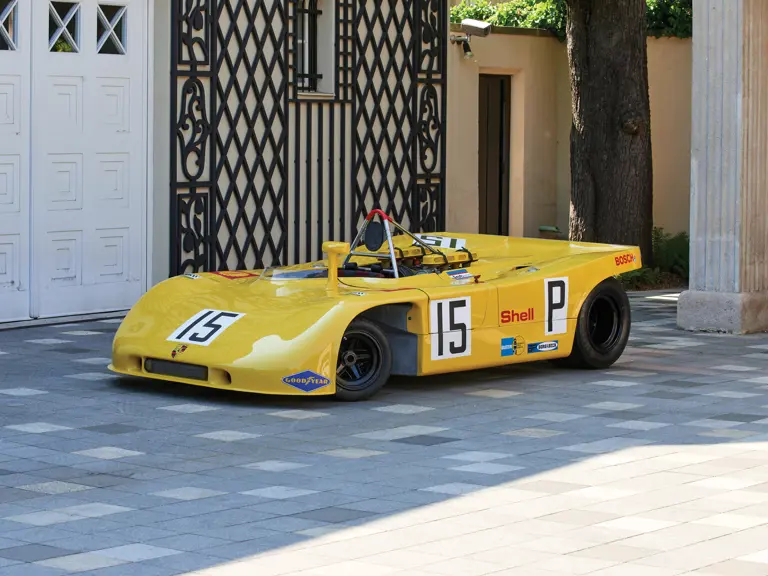
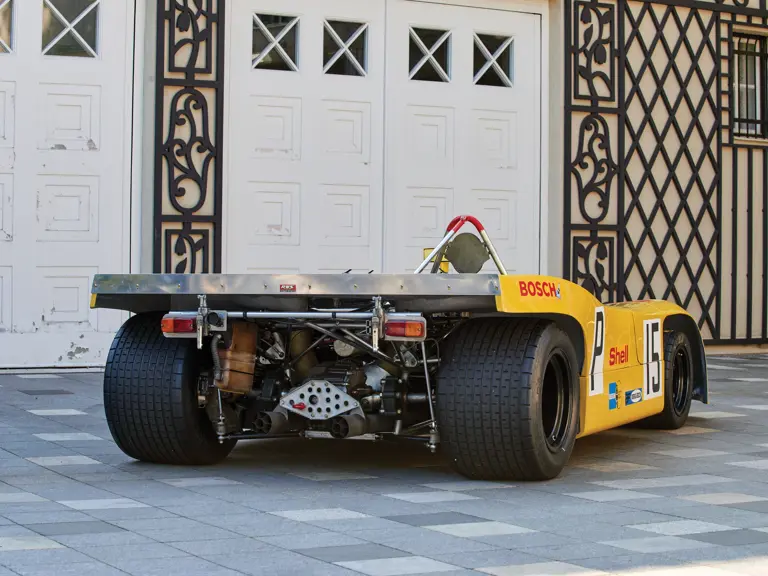
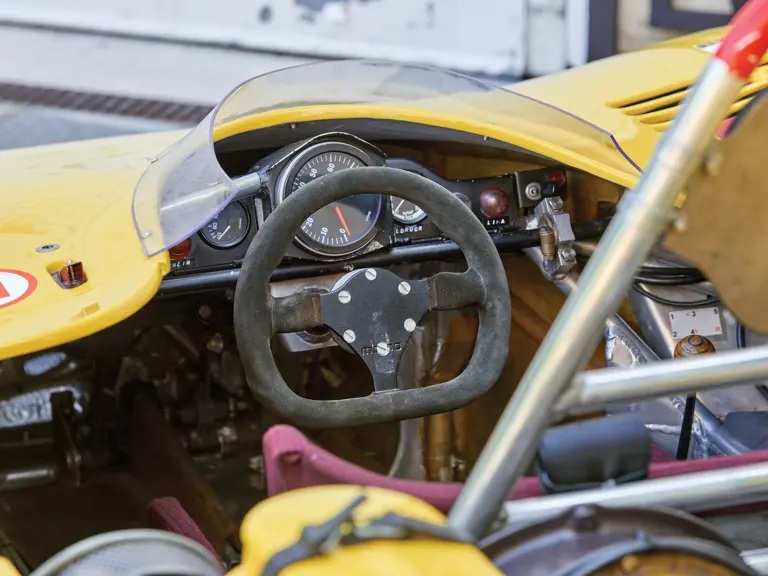
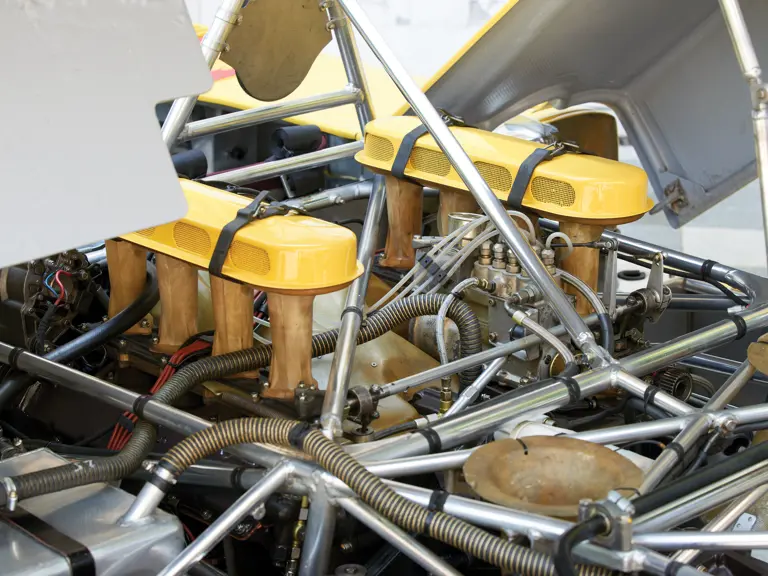

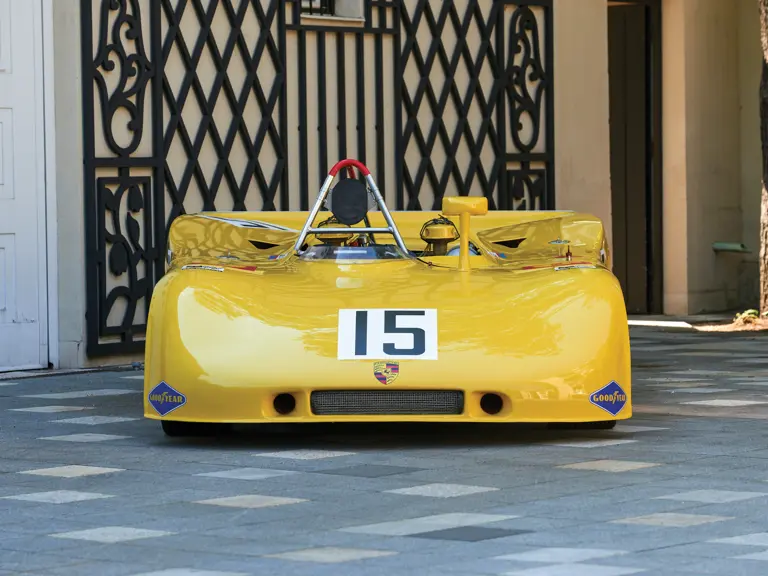
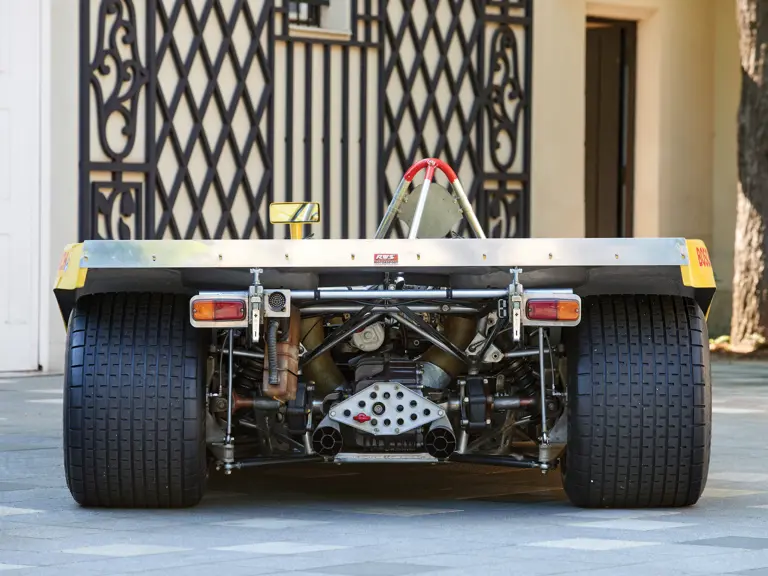

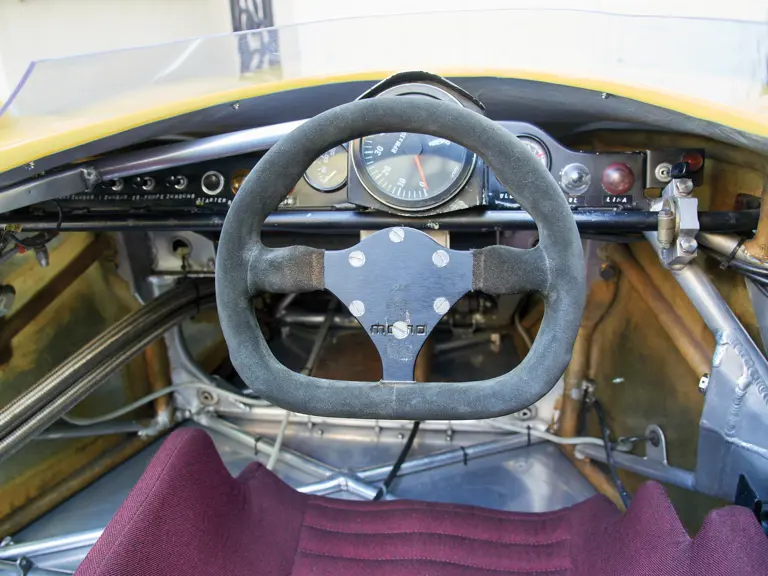
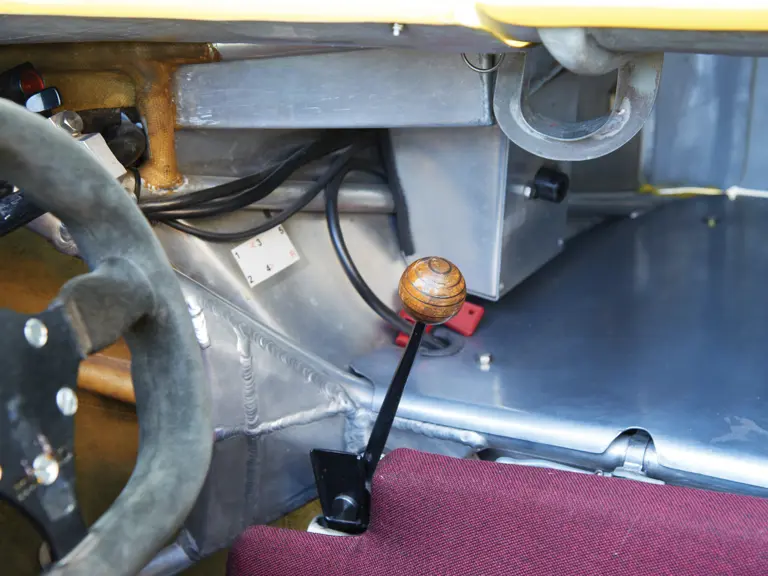
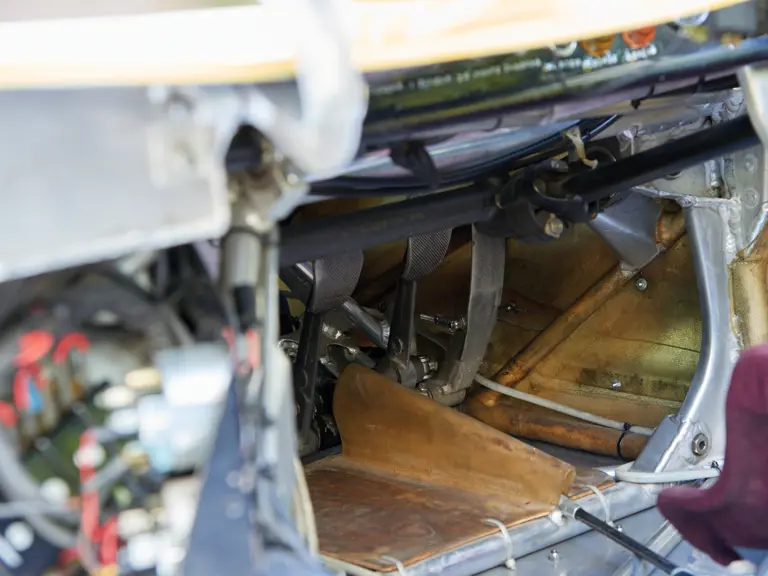

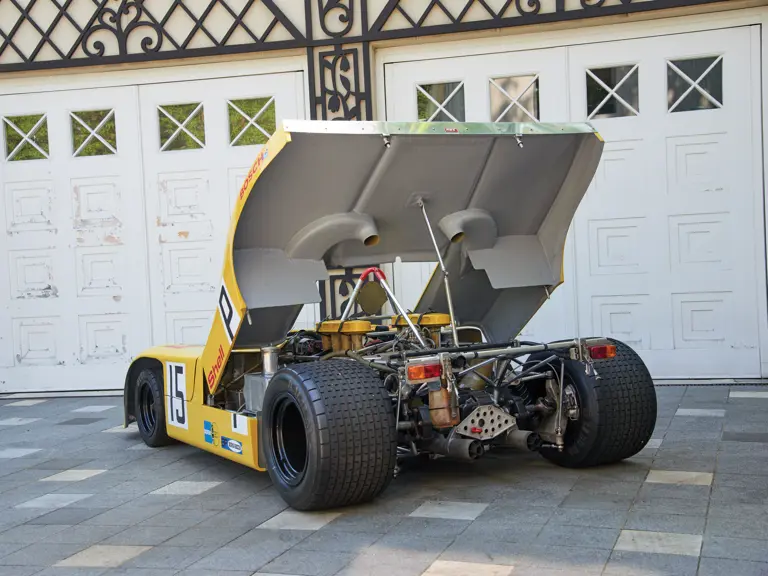


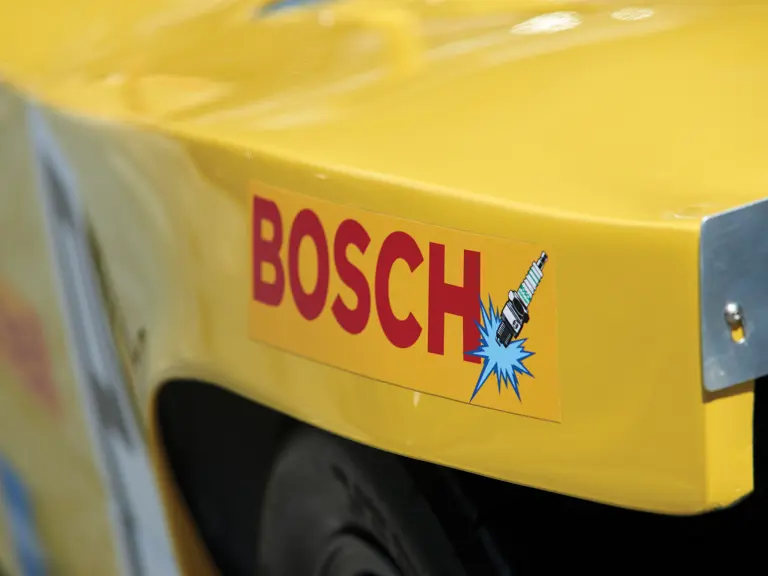
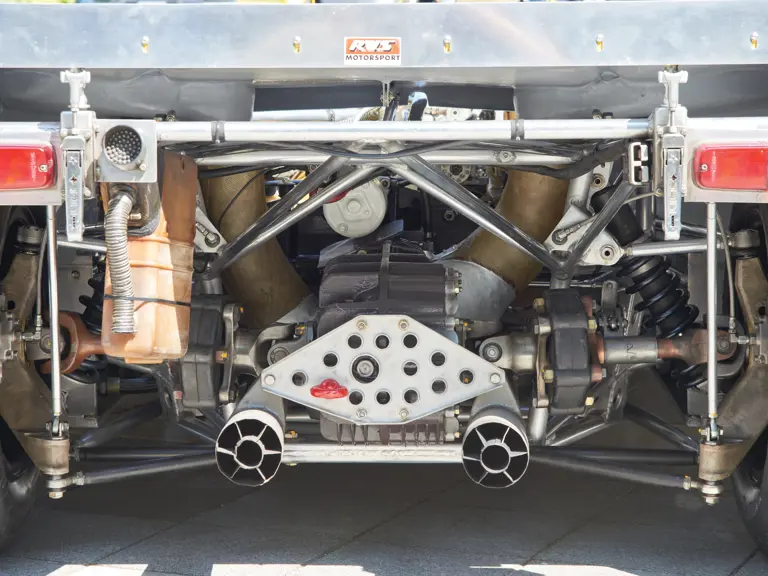

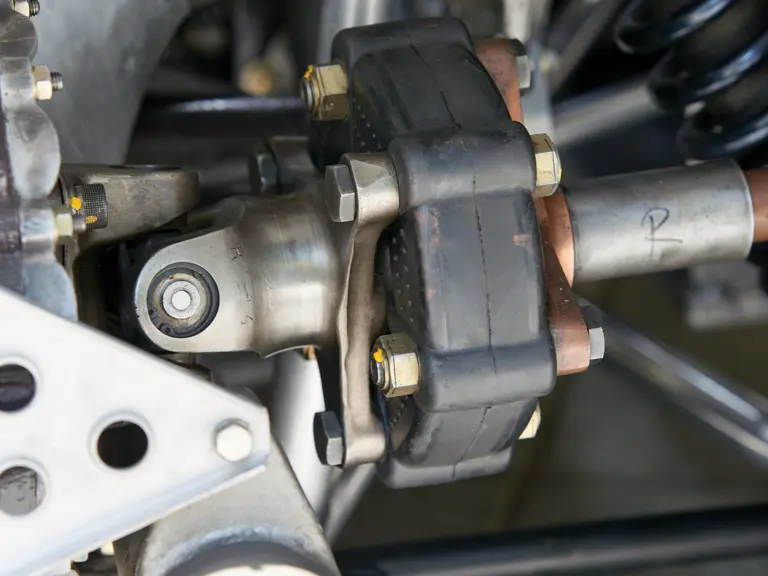

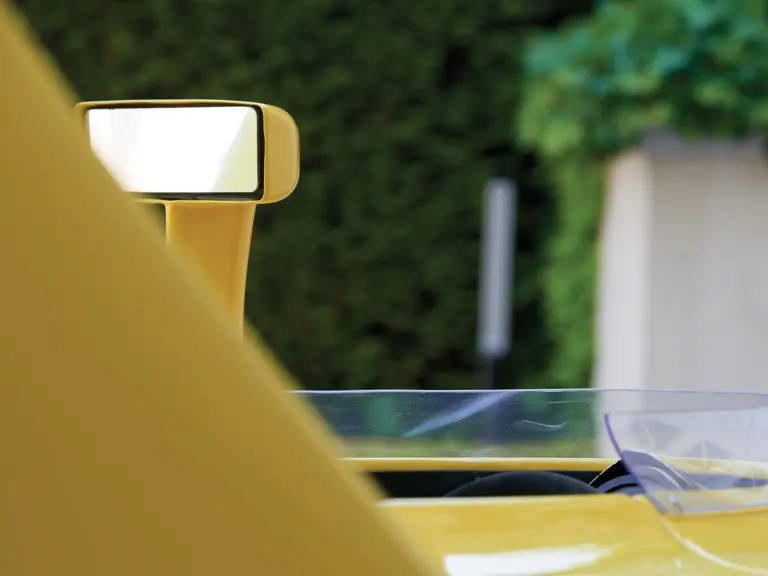
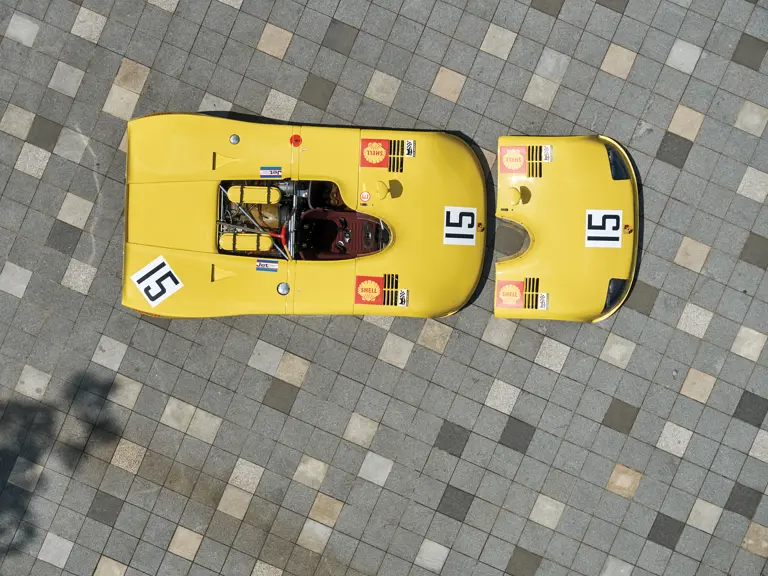

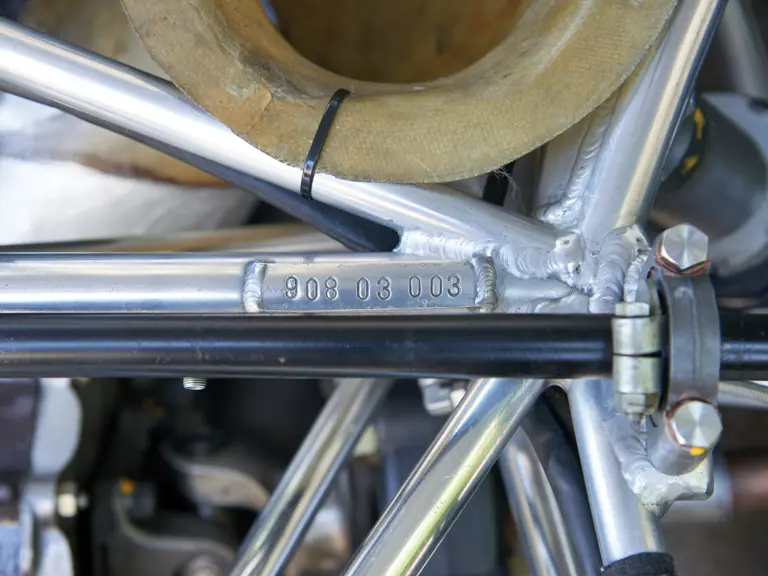
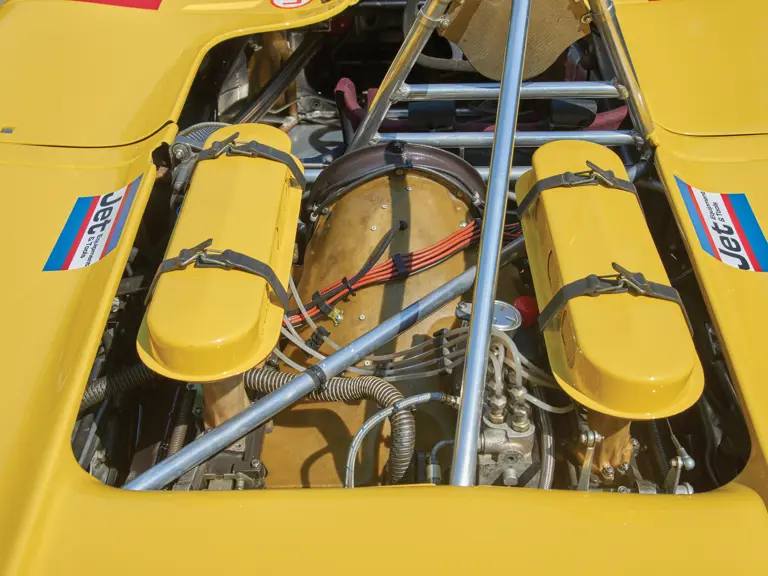

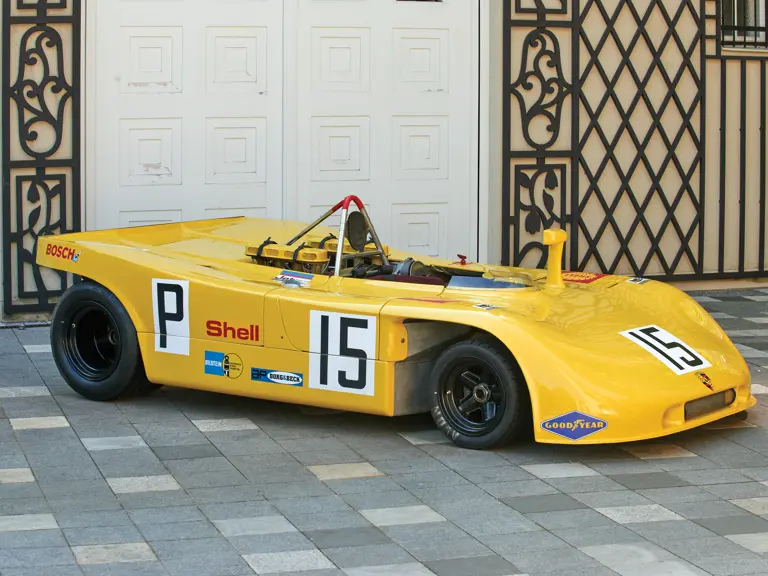
 | Monterey, California
| Monterey, California
